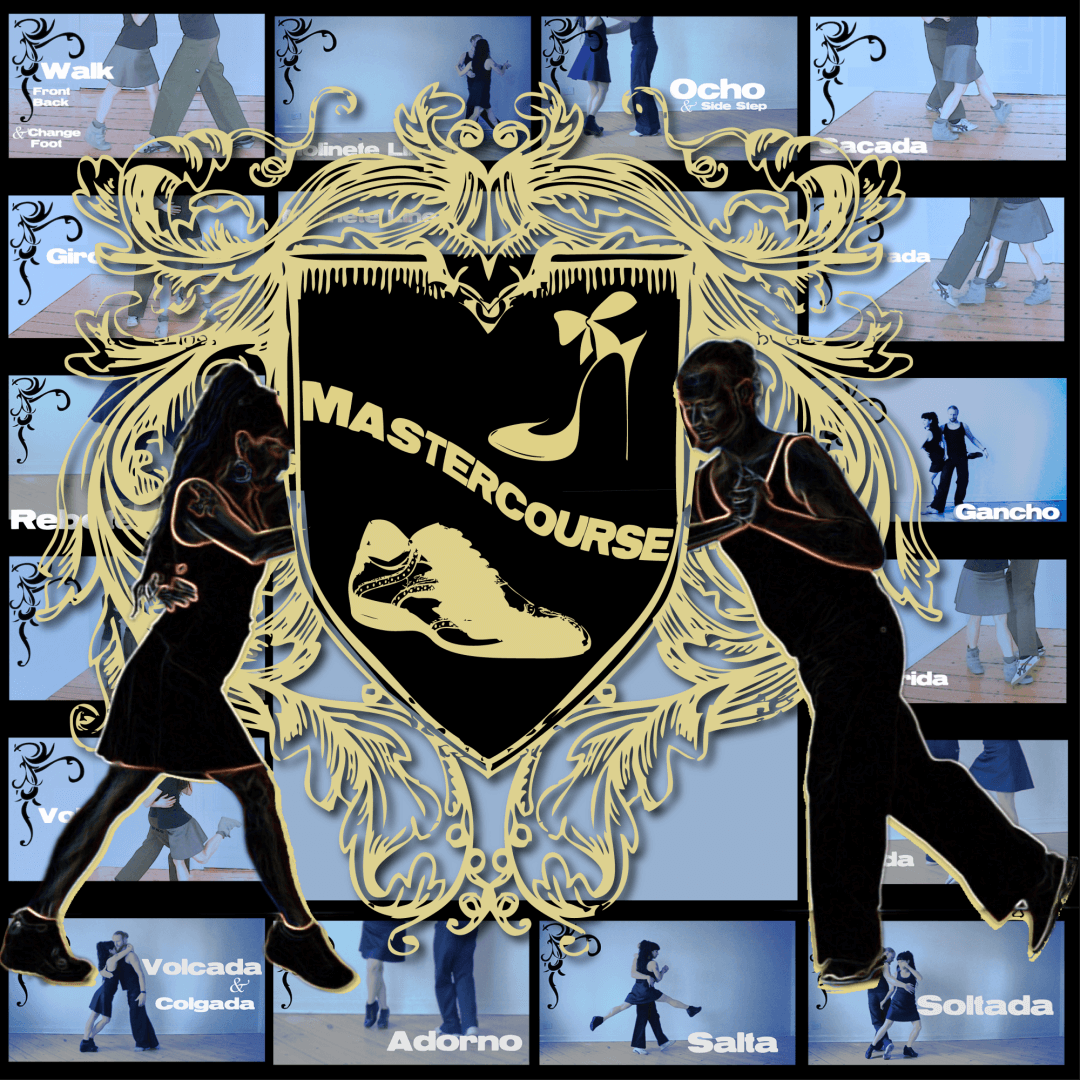If you have pain in your back, it may be related to imbalances in your muscles. This page is based on pain I have experienced over the years and the successful techniques I learned to address each situation.
- Pain in the lower part of the arch of the back results from insufficient support with your abdominal muscles. I used to often have pain here after taking long walks, but no longer. What I realized is that since it’s not possible to move your legs well while contracting the rectus abdominus, dancers need to learn to support the spine with the transverse abdominus. After strengthening this muscle I no longer experience any pain here.
- Pain at the upper part of the arch, or just below the mid-back. I started to experience pain here when I wasn’t dancing and not doing enough other exercise in 2020. This pain is caused by weak gluteus muscles.
- Pain at the sides of the back is related to intense use of the obliques and psoas while dancing, which triggers tension in back muscles. Fortunately, this tension can be released quickly.
[1] Transverse Abdominus
Start with this exercise:
There is also a pilates exercise called “elephant” which you can do once you are a little bit stronger.
[2] Gluteus
If you have pain in your mid-back, your gluteus may be weak. This exercise stopped pain that I had in my mid-back after sleeping in a bad bed for a few months, but only when I started doing the exercise *every* day.
[3] Obliques and Psoas
If the pain is on the sides of your back, you may have tight psoas, which can release with stretches. for it, possibly every night after you stop dancing. Here are several you can try them and see if they help:
If the pain on the sides of your back is severe, you may have aggravated the muscles paired with the psoas. This happened to me and I couldn’t even move when lying down in bed. Once I finally got up, I did these exercises and felt better in 20 minutes.
Start with this exercise:
Also if you have a VERY good massage therapist, they may be able to release tension in the psoas. But psoas is very difficult to work on and very painful, so you need to have a lot of confidence in your therapist. In Berlin, TangoForge’s official Massage Therapist, Jaina Hirai, is very skilled with the Psoas.










